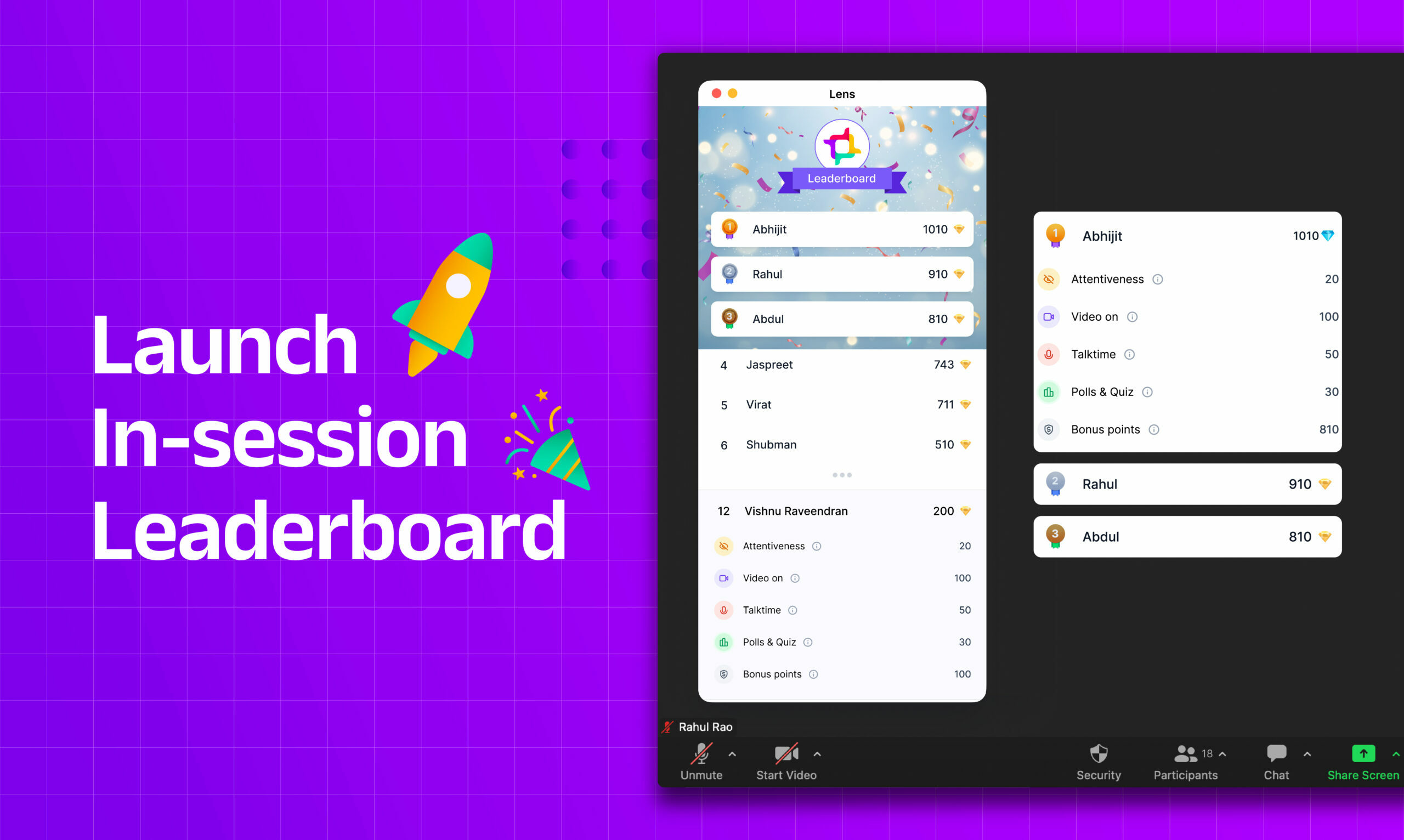What if I told you that effective storytelling will 2x your webinar game? Yes, you heard that right. Our clients and ourselves have used storytelling to boost engagement and lead generation in our webinars. Stories are effective because they engage our brains. Stories stick in our minds and spread like wildfire. Storytelling is a tried-and-true method of getting your audience to pay attention and remember your message. In this article, I’ll walk you through why storytelling works and how you can improve your storytelling.
Stories are effective because they engage our brains.

It’s no secret that stories are more effective than facts. We remember them better, they’re easier to understand and relate to, and they help us make sense of the world around us. In fact, our brains are wired for storytelling: we have an innate ability to create narratives from our experiences that allow us to make sense of the world around us–like why the sky is blue or why a tree fell over in a storm.
Our brains also love stories because they help us connect with other people through shared experiences; we learn from one another through storytelling by relating ourselves back through memory or imagination (by empathizing with characters). This helps foster empathy and understanding of cultural differences between people who grew up in different parts of the world or have different backgrounds than yours!
Why do stories work so well?

There are many reasons why stories work so well. Stories help us to make sense of the world, they help us to feel empathy for others, and they give us insight into our own lives. They are more engaging than facts and figures, more memorable than statistics, and easier to understand because we can relate them back to our own experiences.
The power of storytelling is not just limited to webinars. Still, it can be used across all marketing channels, including email marketing, social media posts, or even sales pitches if you have a product or service that requires some context before someone buys into it (such as insurance).
Stories can lead to increased engagement, more conversion rates, higher retention rates, persistent interest, and, most importantly, lead generation from your webinar. Everybody likes something that makes their lives easier, and if your story conveys exactly that for your product, you will see many leads converting.
Stories stick in our minds and spread like wildfire.

Stories are like a virus–they infect us, change us, and make us want to share them with others. We see this happen on social media and email chains: someone tells a story about something funny or heartwarming that happened to them (or someone else), and their friends are compelled to share it with their own networks. This is why storytelling has been used for thousands of years as an effective tool for sharing ideas and information–it’s literally hardwired into our brains!
How to Use Stories in Webinars

Use stories to illustrate a topic and engage readers, especially if the subject matter is dry or technical (e.g., “how SEO works”). Bring in some case study or an experience you had with a client(making the client anonymous, of course!), and use these to explain a complex topic in simple terms. Remember, you will do no good using jargon no one understands. Nobody tests you on the quality of language you use, but they want to take away something insightful to help them in the future.
Adjust to your audience’s opinions, needs, and requests while delivering a story. Use polls from Lens to figure out any aspects you might want to incorporate into your story on the spot or track engagement using Lens to understand where you are going off-track and the audience is losing interest.
Examples of storytelling in webinars

Your webinar audience comprises people who want to learn something new and be entertained. A good story can help you accomplish both of these goals simultaneously.
A story is more than just an anecdote or a short narrative–it’s a way of communicating information that makes it easier for people to understand and remember what you’re teaching them. For example, if you were advising how to cook a meal for someone with food allergies (like myself), telling them what happened when I tried this particular dish would probably make things seem more personal and relatable than simply listing off all the ingredients needed for making it.
A brief structure of storytelling in a webinar could involve an interesting problem statement that will leave the audience wondering what the way forward is and then implicitly incorporating techniques from your product/service into the solution. Name characters, be specific and relatable about the problem statement, and ensure it doesn’t sound constructed/learned.
More tips!

The best way to use storytelling in a webinar is by telling a story that relates directly to your product or service and its value proposition. You want to make sure you’re connecting with your audience on an emotional level, so they can see themselves benefitting from what you offer.
It’s important that the story is relevant and interesting–it should be something people want to hear about! If it doesn’t catch their attention immediately, they will lose interest quickly (and probably leave). The best way I’ve found to deliver my stories is via PowerPoint slides. Because we all know how time-consuming creating slides can be, I have found another option that works really well: using videos from YouTube or Vimeo! This gives off an authentic vibe while still keeping things simple enough not to overwhelm anyone trying these techniques themselves.”
Conclusion
The bottom line is that storytelling is a powerful tool for engaging the audience and making your webinar memorable. You can make a great webinar come alive using relatable language, examples, enthusiasm, and engagement tools in your stories. If you want to make an impact on your audience, use stories!




